How Sorrento could have been Victoria’s capital city
The sleepy holiday hub of Sorrento is the site of Victoria’s oldest European settlement. And it might have grown into the state’s capital, if its early residents hadn’t packed up the entire town and fled.
VIC News
Don't miss out on the headlines from VIC News. Followed categories will be added to My News.
On a clear morning in October 1803, a young boy was relieved when the anchor dropped.
This was the end of a six-month voyage from England through dreadful weather.
He had last walked on land six weeks ago and was desperate for the comfort of a proper bed and a good meal. He was turning 11 the next day.
The ship, a convict-carrying frigate with 56 guns and named Calcutta, had sailed through the heads of an unfamiliar bay rimmed with wilderness.
The boy’s father was a metalworker who had been sentenced to transportation for handling stolen goods, and had been granted permission to take his wife, son and daughter with him on this risky adventure to start a new settlement.
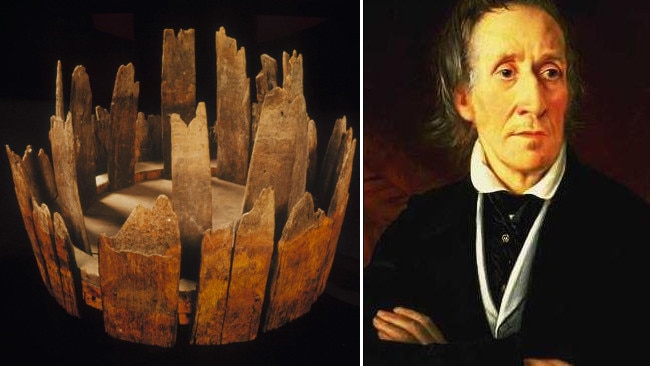
Almost 70 years before federation and 30 years before Melbourne was founded, European settlement in what would become Victoria was started by the members of that ship, in a solitary and remote location just inside the heads, hundreds of miles from the main New South Welsh colony.
Back then, it was known as Sullivan Bay. Today, we call it Sorrento.
The boy, whose deeds would carve an unremoveable mark into the history of Melbourne and Victoria, was John Pascoe Fawkner.
But before he helped build a city, Fawkner would witness in childhood the first doomed attempt to settle the Port Phillip area and a remarkable operation to move a whole community across Bass Strait.
THE FIRST VICTORIAN TOWN
Almost immediately, a town of tents sprang up at Sullivan Bay as about 400 inhabitants fought the elements.
The printing of a newsletter began straight away and soon the first baptism and first settler marriage in mainland Victoria were recorded by the ship’s reverend.
A magistrate was appointed, a postal service was established and a cemetery was opened — all the first of their kind in Victoria.
Keeping order among the convicts was an ever-present challenge, and often the soldiers charged with keeping the peace were themselves found guilty of crimes and flogged.
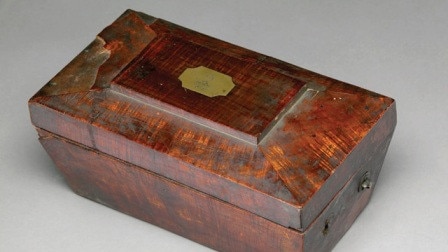
Despite its problems, the town may have been primed to become the capital of the Port Phillip area — and, if history had taken a different course, might have been the largest city in Victoria.
It soon became apparent the settlement faced overwhelming challenges with resources.
Fresh water was scarce, agriculture was too great a challenge and the outlook for the struggling town was bleak.
Just one year after the arrival of the Calcutta at Sullivan Bay, colonial authorities made the bold decision to pull the plug.
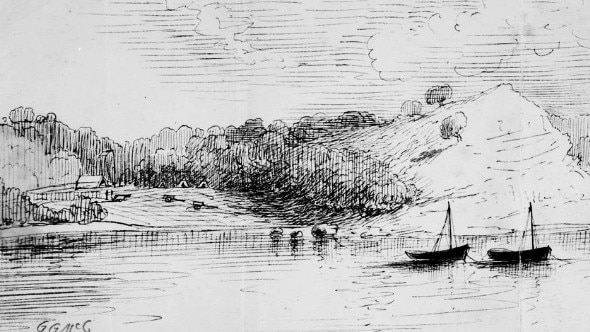
ESCAPE TO VAN DIEMEN’S LAND
An order was given to wrap up the settlement and an ambitious plan was made to move it out of the bay, across Bass Strait to a new location south on Van Diemen’s Land.
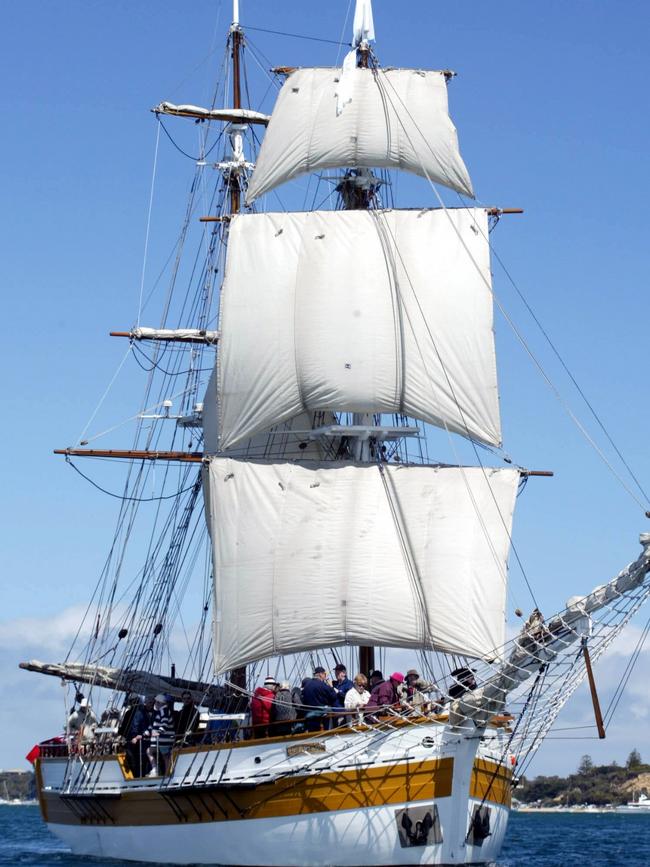
Weeks of preparation went into the operation. Livestock was moved by ship and plenty lost in the voyage.
Settlers were sailed out in groups and all residents had to work around the clock, sacrificing all other activity, including Sunday worship, to ensure it ran smoothly.
The governor is believed to have made an order to leave a sustainable skeleton settlement behind at the Sullivan Bay site.
This might have been ignored, and it is unclear how many or few settlers stayed on the mainland ghost town after the community had sailed.
The resilient Sullivan Bay community might have become the founders of a Victorian capital city.
Instead, they became the founders of Tasmania’s capital, Hobart.
Around 1870, after new settlers had arrived in the depleted Sullivan Bay town, they gave it a new name after the Italian seaside town of Sorrento.
It has had a steady population and has been a favourite holiday and recreation spot for Victorians ever since.
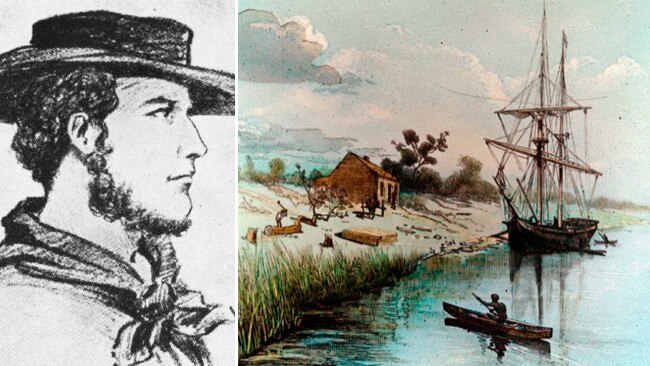
THE RETURN OF FAWKNER
Fawkner, who spent to remainder of his childhood in Hobart, never gave up his pioneering spirit.
In 1835, aged in his 40s, he financed the Port Phillip Association’s voyage to settle Melbourne, headed by John Batman.
Fawkner went to Melbourne on the Enterprize’s second voyage there and later opened the first hotel in Melbourne.
A pioneer of press and business in the new town, his career moved to politics and he was a member of the Legislative Council.
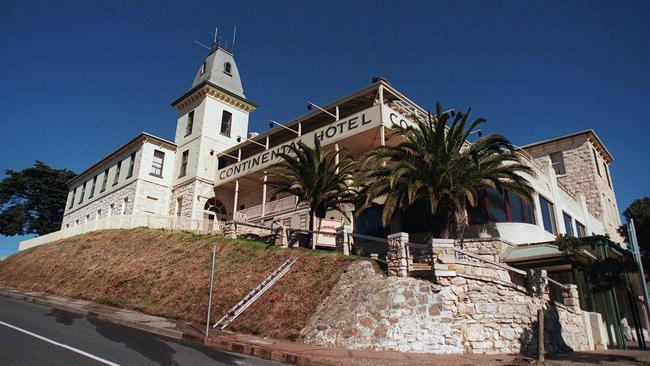
RELATED STORIES
RISE AND FALL OF MELBOURNE’S MOST OPULENT ESTATE
INSIDE CLIVEDEN, MELBOURNE’S LOST 100-ROOM MANSION
He died aged 77, was widely mourned in the new colony of Victoria and was buried in the Melbourne General Cemetery where his grave can still be visited.
Fawkner Park and the suburbs of Fawkner and Pascoe Vale were named for him.
His legacy echoes through modern Victoria — a community he helped build by drawing on his convict settler past, the memories of a hopeful settlement at Sullivan Bay that was destined for failure, and the hard-learned spirit that led early Victorians to persist through the worst of trials.
